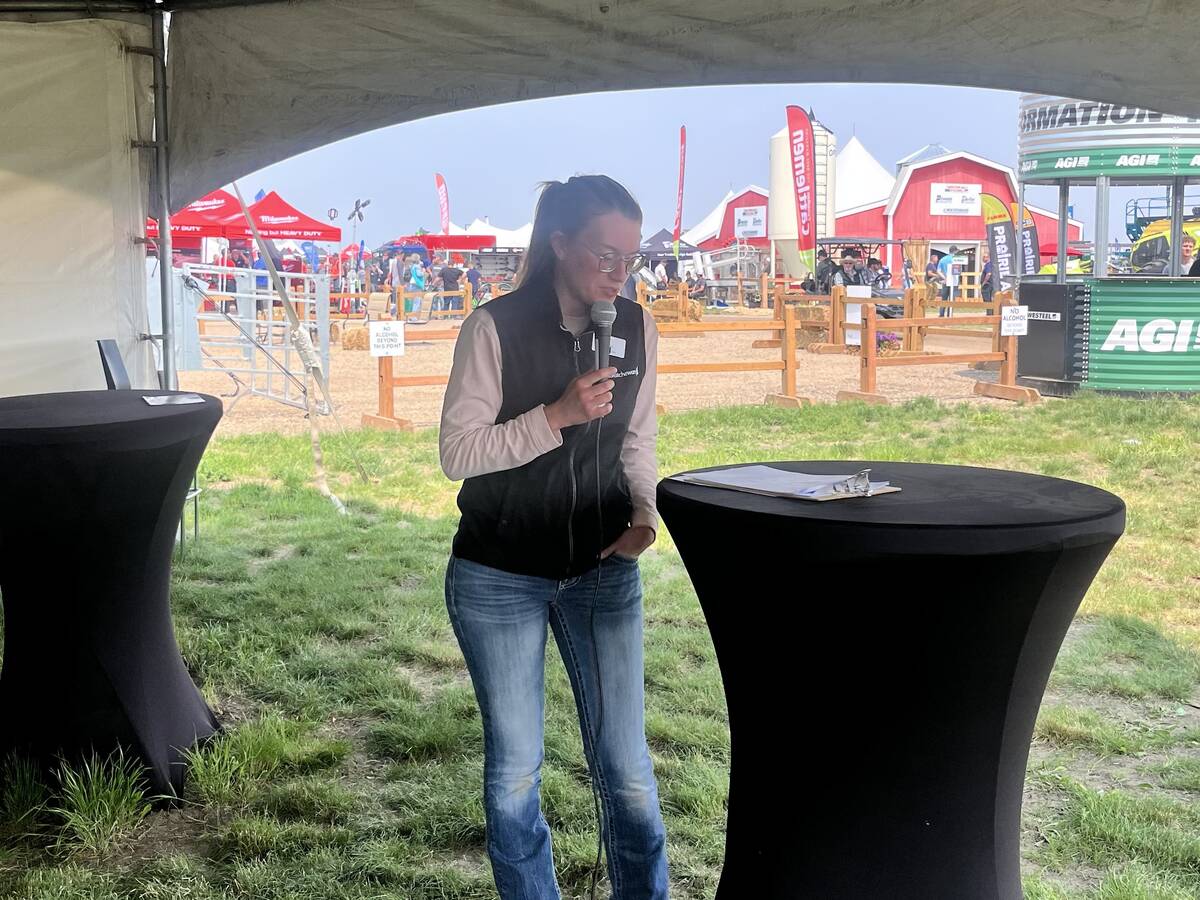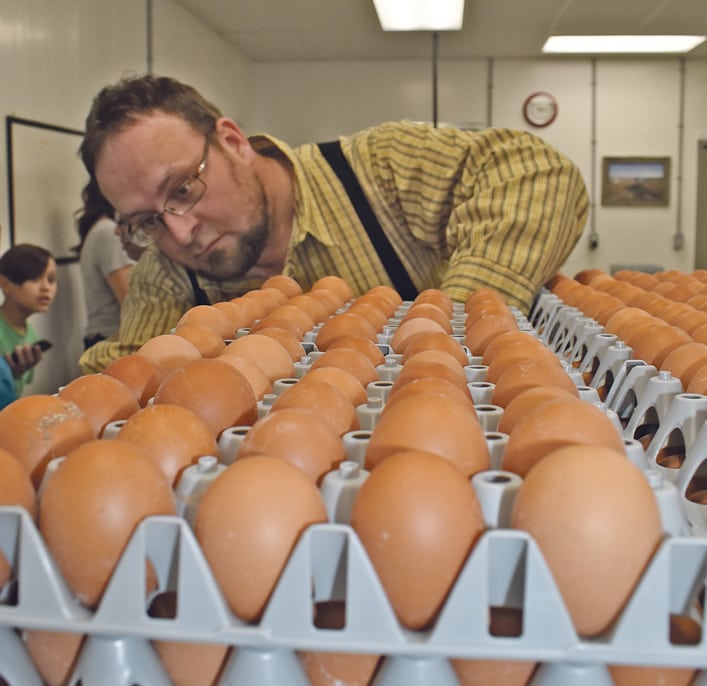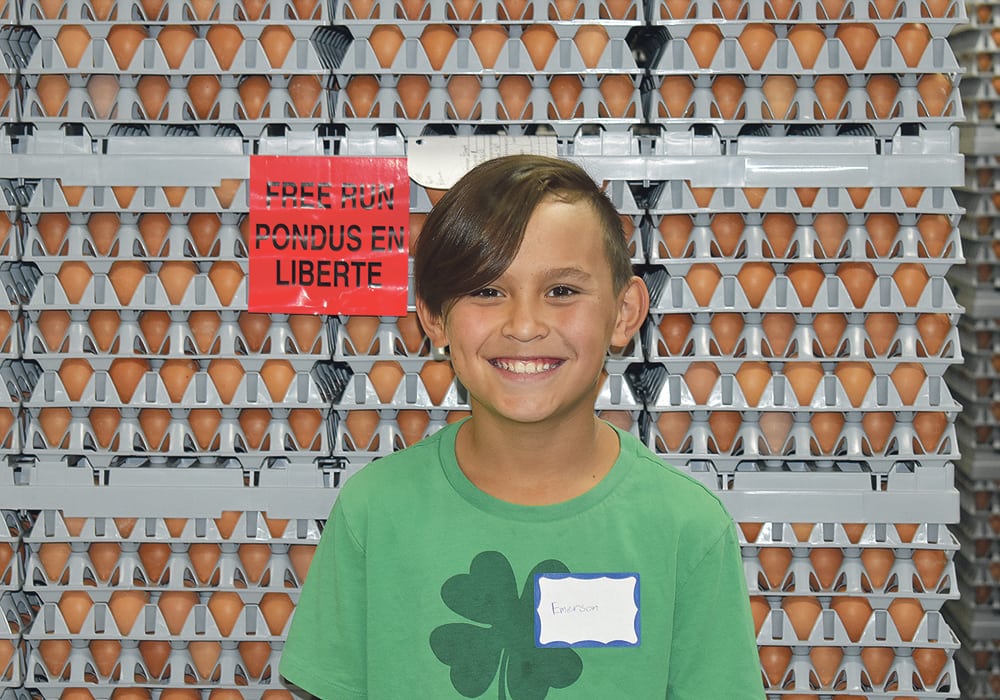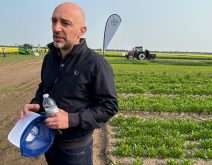The Tabelon family said they were impressed by what they saw while visiting the Brant Hutterite Colony in Alberta
BRANT, Alta. — Nole Tabelon was impressed by the 15,500 chickens he saw Aug. 23.
That’s how many are housed in a free-run system at the Brant Hutterite Colony, which he and his family visited after winning a contest organized by Egg Farmers of Alberta.
“It was pretty interesting. I didn’t expect there to be so many chickens,” he said.
“It’s like they’re almost all connected. When one starts freaking out, there’s just a riot of chickens.… No wonder they can produce this many eggs in one day.”
About 15,000 eggs, one day’s production, were being put into crates when the Tabelon family paid a visit. Nole, Emerson, Nixon and their mother, Rochelle, toured the barns and watched the eggs being conveyed from the barn to the crate.
A tour of a working egg operation was the prize offered by the EFA in co-operation with Crack’d YYC, a Calgary-based food truck that has egg-themed offerings, such as fried egg tacos, chorizo-wrapped scotch eggs and bread pudding.
“These are individuals and families that follow us on Facebook, Twitter and things like that,” said EFA marketing and communications manager David Webb.
“Obviously they like the product and like the food and want to see where it comes from, and come out and see a real farm and real farmer.”
Winners were selected from among those who sent an email to the EFA expressing interest in visiting an egg farm.
Brant Colony egg manager Darrel Mandel said visitors are welcome.
Read Also

Ag in Motion speaker highlights need for biosecurity on cattle operations
Ag in Motion highlights need for biosecurity on cattle farms. Government of Saskatchewan provides checklist on what you can do to make your cattle operation more biosecure.

“We enjoy showing the consumer what he’s buying,” he said.
“We want to prove to them that what they’re eating is safe and wholesome food. It’s nice to engage the kids in it.”
The colony used to use conventional cages in its egg operation but converted to free run in 2016. Mandel said he would never go back to the former type of cage system.
“It’s different, but it’s a learning curve. I wouldn’t do it any other way. The birds are free. They can go where they want to go. They can do what they want to do.”
However, Mandel said that despite consumers’ and food companies’ push for free-run egg production, their desire doesn’t transfer to the cash register.
“They’re not buying them,” Mandel said about free-run eggs.
“Not too many. It’s more conventional and furnished housing.”
The latter is a system of larger cages compared to conventional with specific egg laying areas and dust baths, among other options.
The Brant colony is no stranger to visitors. It has the first “net-zero” egg barn, which is designed to balance energy inputs and outputs through maximum energy efficiency.


















